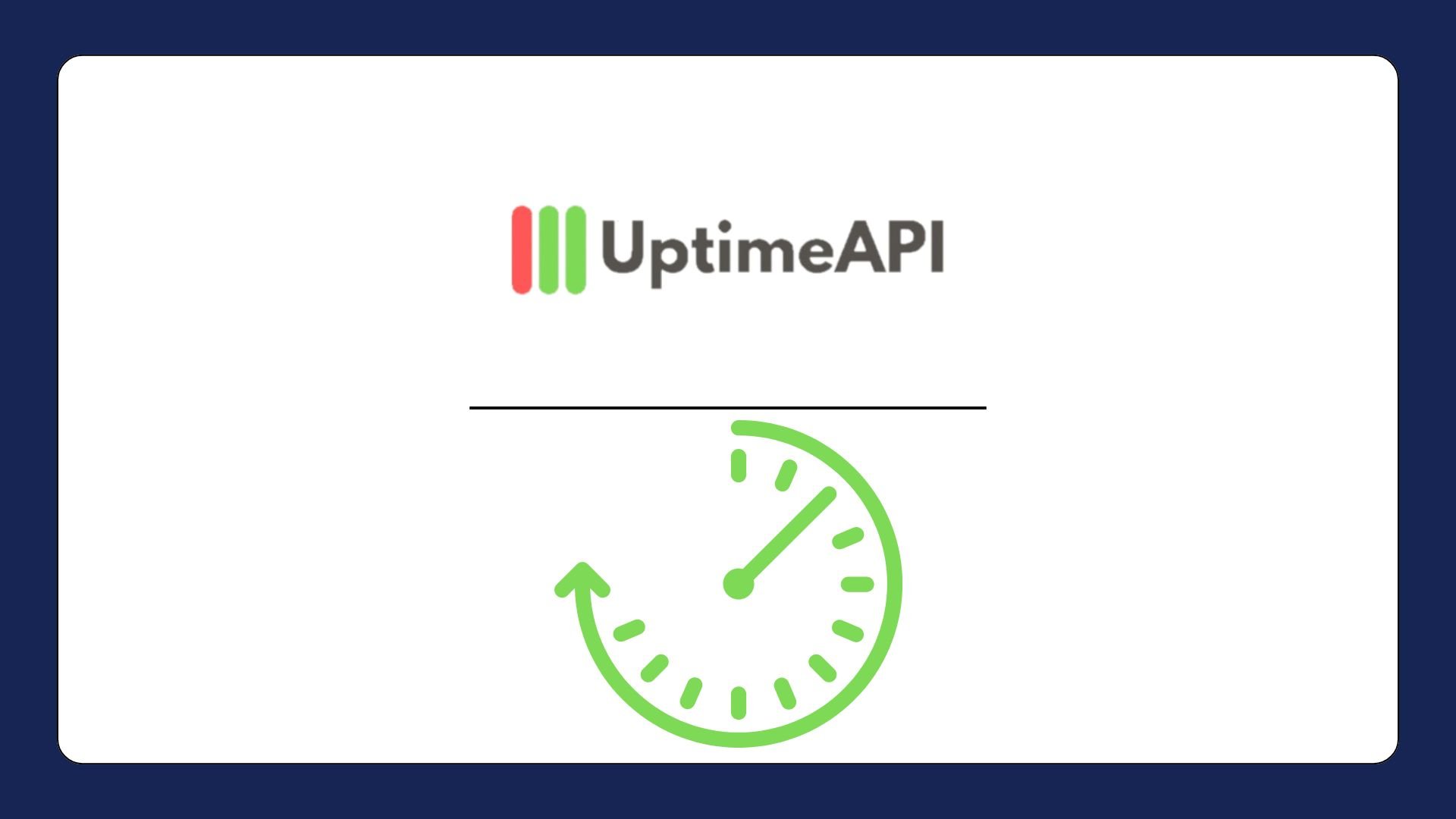Monitor APIs In Real Time For Maximum Efficiency

Businesses are facing the problem of making sure that APIs provide constant performance while maintaining high uptime as they depend more and more on them for vital services. User experiences can be negatively impacted by any delay, bottleneck, or outage in an API, which can result in irate clients, lost revenue, and tarnished reputations. Effective Monitor API tools, such as Uptime API, are therefore essential.
How Uptime API Helps You With a Monitor API for Performance
One of the most powerful features of Uptime API is its ability to proactively detect issues and send alerts in real-time, minimizing the impact on users. When you monitor APIs for performance using this API, you’re not simply reacting to outages after they occur—you’re preventing them before they happen. The system continuously tracks performance and will immediately notify you when an API’s response time exceeds predetermined thresholds or when downtime occurs.
Whether it's a quick SMS, email, or connection with your team's communication tools like Microsoft Teams or Slack, these notifications may be tailored to your company's unique requirements. Your team can promptly resolve issues because Uptime API lets you choose how and when you get messages. Even a few minutes of outage can have a significant effect in sectors like healthcare or finance where uptime is essential. By facilitating quick reaction times, proactive detection reduces these hazards. To make sure your team is aware of any fixes, you can also set up the alert system in the API to deliver status updates on issues that have been handled.
Real-time alerts also reduce the reaction time between identifying an issue and implementing a solution. For instance, if an API fails to connect to a third-party service, the team can be alerted immediately and take steps to reroute traffic or investigate the source of the failure. By staying ahead of potential problems, businesses can maintain optimal uptime and keep their customers satisfied.
Detailed Analytics and Reporting
In addition to real-time monitoring, Uptime API provides detailed analytics and comprehensive reporting tools that allow businesses to make data-driven decisions. These reports aggregate performance data over time, providing insights into how your API performs under different conditions. By analyzing response times, latency, error rates, and uptime trends, businesses can identify areas for improvement and allocate resources more effectively.
This API goes beyond just raw data; it presents performance metrics in visually digestible formats, such as graphs and charts, allowing decision-makers to quickly assess the API’s overall health. Long-term reports also offer the ability to see trends—perhaps an API consistently performs slower during high-traffic times, or latency spikes occur during certain API calls. With this information, your team can pinpoint inefficiencies and plan for future optimizations.
Another crucial feature of the API's reporting system is its ability to provide historical data. Understanding past performance is essential for predicting future issues and planning upgrades. For example, if you notice that your API struggles with high load during certain periods, you can plan ahead to boost server capacity or improve load balancing. The reports also enable you to make business cases for increasing resources or investing in upgrades based on concrete performance data.
With this API’s robust analytics, businesses can move beyond a reactive approach to API management and instead focus on long-term optimization and improvement. These insights are invaluable for ensuring that your API is consistently delivering high-quality service and can scale effectively as your business grows.

